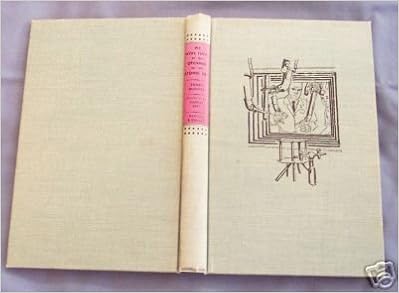I don’t know Mr. Munves, but the historical consultant for this book in the historical fiction series We Were There is also a character in the book, Dr. John R. Dunning. Dr. Dunning really was there. In fact, in his introduction to the story, Dr. Dunning explains:
“When Mr. Munves asked me to serve as his historical consultant in the writing of this book, I agreed at once because to me there is nothing more important than recapturing for our you men and women the wonderful creative excitement those days in which the atomic age began. When I went over Mr. Munves’ manuscript with him and discovered that I was a character in his story, I asked him if he would let me write a preface so as to make it clear to you that this Dr. Dunning is a real person. Most of the characters in the story, except for the young hero and his father, are real people.”
 This book was published by Grossett and Dunlap in 1960, and it begins in 1942 with fifteen year old school boy, Tony Brenner, whose father works with Enrico Fermi, Professor John Dunning, and other scientists at Pupin Laboratories in New York City. When Tony makes a presentation to his high school science club about the possibilities of nuclear fission, his father is both proud and alarmed. “If a Nazi spy heard about your speech, he might think I was doing research in atomic energy,” says Papa Brenner, who is German immigrant and a physicist. Of course, that’s exactly what Dunning, Fermi, the fictional Brenner are doing, but the project is Top Secret. SO Tony gets taken into the top secret Manhattan Project so that he will learn what he needs to keep secret and why.
This book was published by Grossett and Dunlap in 1960, and it begins in 1942 with fifteen year old school boy, Tony Brenner, whose father works with Enrico Fermi, Professor John Dunning, and other scientists at Pupin Laboratories in New York City. When Tony makes a presentation to his high school science club about the possibilities of nuclear fission, his father is both proud and alarmed. “If a Nazi spy heard about your speech, he might think I was doing research in atomic energy,” says Papa Brenner, who is German immigrant and a physicist. Of course, that’s exactly what Dunning, Fermi, the fictional Brenner are doing, but the project is Top Secret. SO Tony gets taken into the top secret Manhattan Project so that he will learn what he needs to keep secret and why.
Tony’s family moves first to Chicago and then to New Mexico, all in pursuit of an atomic weapon that will defeat the Germans (and the Japanese) and win the war. The story presents most of the common arguments both for and against the bomb, and it gives a lot of scientific and technical information about the bomb and how it was developed. The ending sentences will give you a feel for the moral consensus of the book’s authors and consultants:
“It is not a nice thing to think about—that you helped make something that killed or hurt at least 230,000 people. But it doesn’t really matter whether this was done by bullet, sword, fire or atomic energy.
What does matter is that people wish to kill or hurt other people. . . .
The atom promises unlimited power. It also threatens the destruction of civilization. It is up to all of us to decide how it will be used.
The atom is neither good nor evil. Only people are.”
If you are interested in the events and people surrounding the Manhattan Project and the making, testing, and use of the atomic bomb, I would suggest you find a copy of this novel for a 1960-ish perspective on the project, its genesis and aftermath. For other children’s and young adult books on the subject, take a look at:
Fiction:
The Green Glass Sea by Ellen Klages.
The Secret Project Notebook by Carolyn Reeder.
The Bomb by Theodore Taylor. Nuclear testing on Bikini Atoll.
Sadako and the Thousand Paper Cranes by Eleanor Coerr.
Nonfiction:
Bomb: The Race to Build—and Steal—the World’s Most Dangerous Weapon by Steve Sheinkin.
Sabotage: The Mission to Destroy Hitler’s Atomic Bomb by Neal Bascomb.
On July 16, 1945 at 5:29:45 a.m., the scientists of the Manhattan Project successfully tested the first atomic bomb in Alamogordo, New Mexico. Less than a month later, in August, the bomb was used to force the Japanese to surrender to Allied forces and end World War II.
Though this isn’t written specifically for young people, older teens might enjoy The Girls of Atomic City: The Untold Story of the Women Who Helped Win World War II by Denise Kiernan. It’s nonfiction about a secret government city in TN where they worked on developing the plutonium for the bomb. A lot of the girls were recruited right out of high school. No one except the highest officials knew what they were working on, except that they were told it would help win the war.